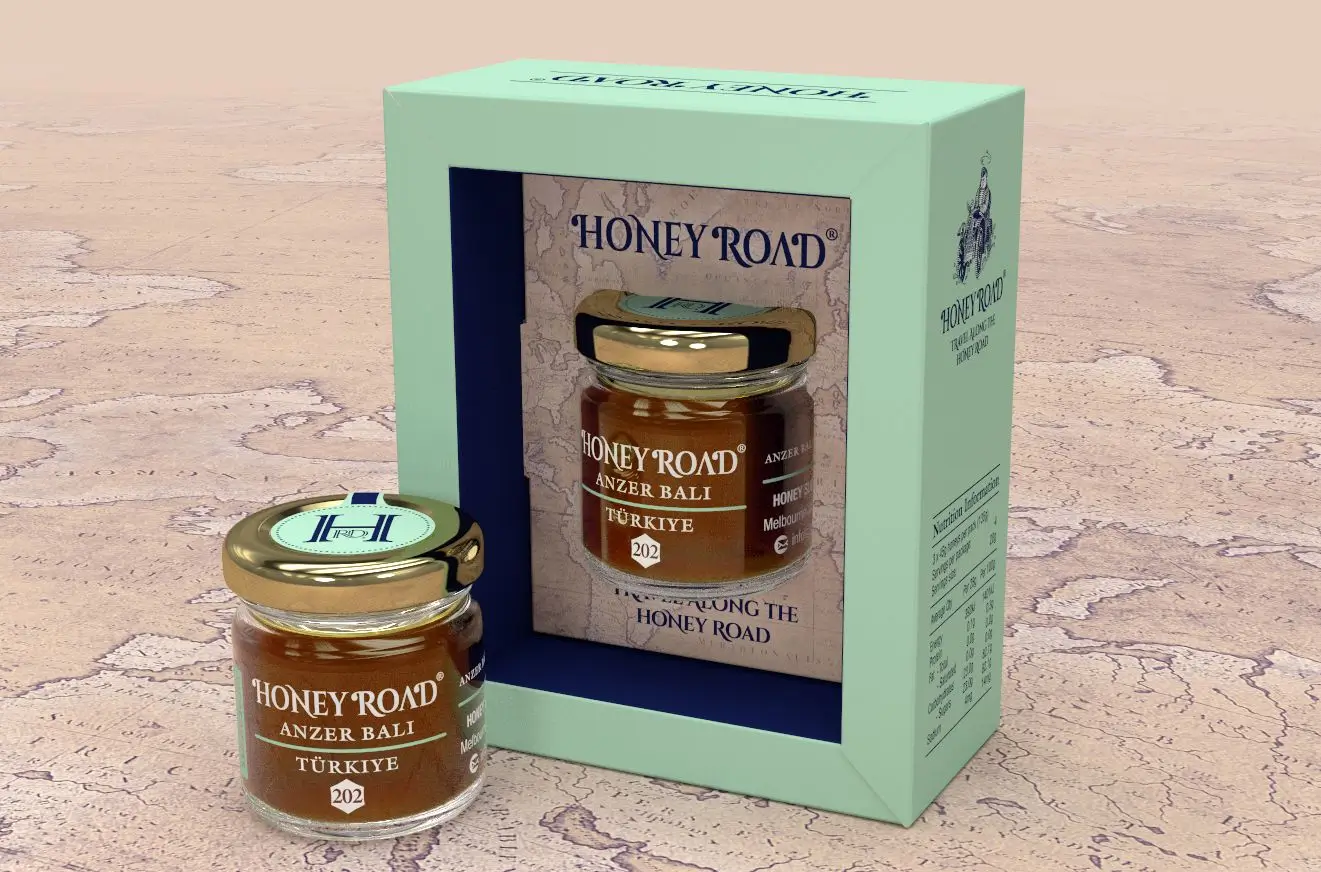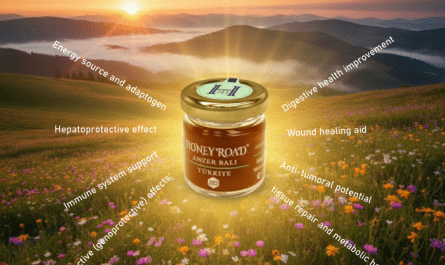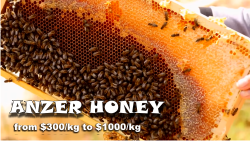2025 - a record year for Anzer honey!
or how a bad thing had a positive result
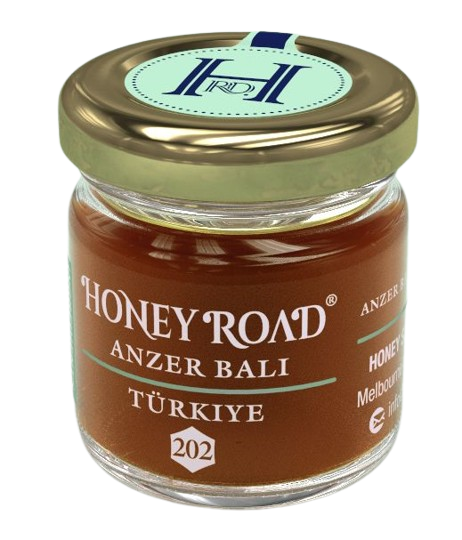
It snowed on 4th of July! Yes, Anzer Plateau is at a high altitude, but snow—that’s new even for the Turks!
But after the snow, a second spring arrived!
With new flowers and more nectar and pollen, which of course translated into more honey, more pollen, more propolis!
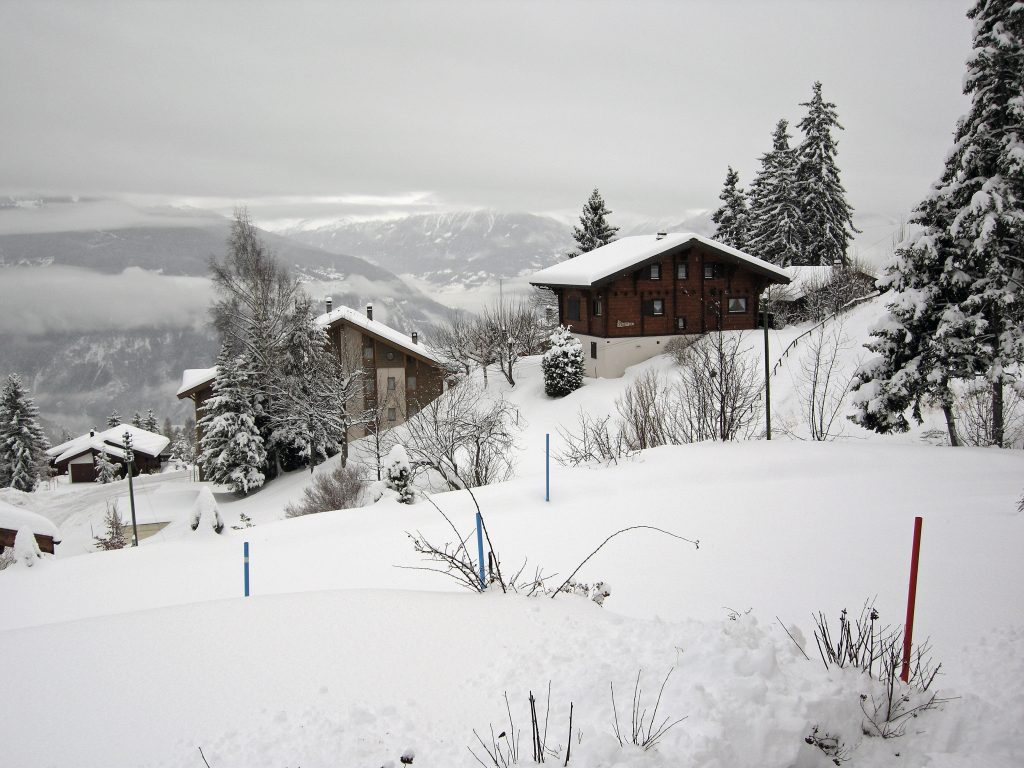
Picture credit: Carolyn Deane
The honey harvest on the Anzer Plateau is not like any other. Due to its geographical specifics, high altitude, cold and rainy weather, the harvest takes place in august.
Beekeepers wait for the signal to begin, following strict rules designed to protect both the alpine ecosystem and the authenticity of Anzer honey.
But what honey can you gather when it snowed one month earlier? Well, it seems this was exactly the reason the production levels were about three times higher than last year.
So, this year, 2025, despite an unexpected snowfall on July 4, that damaged many flowers, a “second spring” soon followed, with new blooms covering the plateau. Thanks to this natural recovery, hives produced on average around 6.5 kilograms each, compared to only 2.5 kilograms in 2024. Some colonies even exceeded this figure, making it one of the most abundant seasons in recent history.
The process of harvesting the honey begins with 12 reference hives placed across the plateau by Hacettepe University’s Bee and Bee Products Research Center. These hives are sealed and monitored, their honey later analyzed in Ankara laboratories. Each batch harvested by local beekeepers is compared against the reference honey, ensuring that the pollen composition and physicochemical characteristics match the standards of genuine Anzer honey.
Samples from every beekeeper are divided into two parts: one kept by the Agriculture Directorate as a witness sample, and the other sent for laboratory testing. Only when the analysis is complete and results confirm authenticity can the honey be bottled under the protected geographical indication label. Each jar is numbered and traceable, guaranteeing that what reaches the consumer is truly Anzer honey.
With higher yields this year, local producers and cooperatives are optimistic that more families will be able to taste this rare honey, which is usually sold in very limited amounts. But even with record harvests, Anzer honey remains exclusive: production is small compared to demand, and every drop is valued not just as food, but as part of a long tradition of careful stewardship of the plateau.
What's the price of Anzer honey?
From 2019 data, Anzer Cooperative had a price listing of $207 for 500 g.
Because 2025 has yielded such a strong harvest, this is a good moment to look at the pricing side of Anzer honey. On the official cooperative site, 500 g jars are listed at about USD 43.67. Prices may differ depending on the current currency fluctuation.
Regular Turkish natural honey (non-premium) ranges between USD 4.79 and USD 16.31 per kg. Which means approximately $2 to $8 for 500g. So Anzer honey sits far above typical honey prices — but remains well below ultra-luxury honeys like Elvish, which has been rumored to reach thousands of dollars per kilogram. And, of course, still far from another rare honey: the famous Centaury Honey.
(Note: retail listings often include shipping, import markups, and seller margin.)
But why the price drop? Does it mean the quality has declined? On paper, it looks like an 80% drop in price.
But the reality is more complicated. Between 2019 and 2025, the Turkish lira lost significant value against the dollar and euro. While the price of Anzer honey in lira actually increased sharply (today it is around 3,000 ₺ for 500 g), the conversion into foreign currency makes it appear much cheaper. In addition, the very high prices quoted in 2019 were aimed mostly at premium export markets, while today’s listings often reflect the local Turkish market or discounted international sales.
So the honey itself has not become “cheap” — it is still sold in small jars and remains one of the most exclusive honeys in the world. What has changed is the currency exchange rate and the way prices are listed internationally.
Is Anzer honey more expensive than Manuka Honey?
If we compare it with regular Manuka honey that is not UMF-graded, then yes
Manuka honey rated UMF 5+, which has little added medical value (those benefits start from UMF 10+), is listed at $30 for a 500 g jar onon Amazon.com
References:
https://www.anzerbali.com.tr/anzer-bali-kooperatifi.shtm;
https://www.rizetakip.com

